detail profile carlos augusto calil
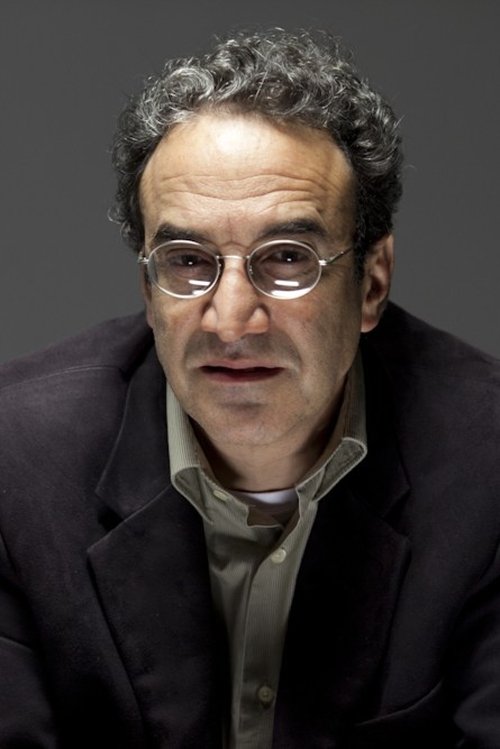
Info Pribadi
Peran Yang Di Mainkan Carlos Augusto Calil
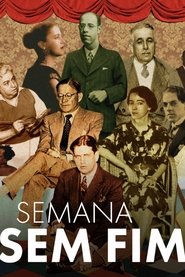 A historical overview of what Semana...
A historical overview of what Semana...Semana Sem Fim 2023
A historical overview of what Semana de 22 was and its understanding over time, the event took place over three nights at the Theatro Municipal de São Paulo (February 13, 15 and 17, 1922).
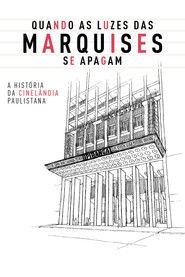 With archive footage and testimonials from...
With archive footage and testimonials from...When The Marquees' Lights Go Out 2018
With archive footage and testimonials from former filmgoers, a story of movie theaters that were located on the avenues of São João and Ipiranga and its surroundings, in São Paulo's city centre. Known as Cinelândia Paulistana, this area lived its heyday in the 1950s, reaching more than 15 cinemas in full operation.
 At 84 years of age Lcia Rocha...
At 84 years of age Lcia Rocha...Abry 2003
At 84 years of age, Lúcia Rocha admitted herself to a hospital in São Paulo to undergo heart tests. Upon receiving the news about the risk to her life, Lúcia, laconic, tells the doctor: 'Then open it'. This is the second time she has undergone bypass surgery. From this gesture, the documentary Abry was born (with y, sign of the unconscious, according to the nomenclature invented by his son, Glauber Rocha). To relate her memories, she invites filmmaker Joel Pizzini, who offers his mini camera as an instrument to amplify Lúcia's imagination. Abry is a poetic dive into Lúcia Rocha's fabulous universe, reconstructing her trajectory in Brazilian cinema through sounds, images and characters with whom she lived closely.
 ABC of a Strike captures the 1979...
ABC of a Strike captures the 1979...ABC of a Strike 1990
ABC of a Strike captures the 1979 metal workers strikes outside of São Paulo. The footage sat untouched until after the death of highly-regarded director Leon Hirszman in 1987, by which time the material had a new relevance. The gripping film captures the negotiations between the labor unions and the factory bosses and shows the birth of the region’s Worker’s Party, as well as the emergence of its charismatic leader, Luiz Inácio Lula da Silva. Rising from extreme poverty, Lula gained national prominence as a union activist during the late 70s and early 80s. After being jailed during his time as a union leader, he eventually becomes Brazil’s president from 2003 to 2010.
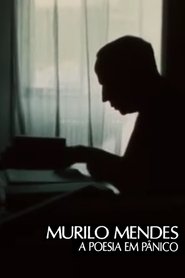 Short film about the life and...
Short film about the life and...Murilo Mendes: A Poesia em Pânico 1977
Short film about the life and work of the poet Murilo Mendes.
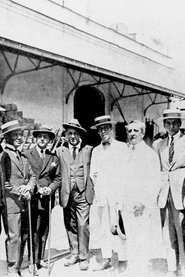 Reconstitution through photos films and texts...
Reconstitution through photos films and texts...Acaba de Chegar ao Brasil o Bello Poeta Francez Blaise Cendrars 1972
Reconstitution, through photos, films and texts, of the arrival in Brazil of the poet Cendrars, in 1924. Tributes received, visits throughout the country and the desire to make a "100 percent Brazilian film". Testimonials from figures who lived with the intensity of the core of modernist artists: Tarcila do Amaral, Oswald de Andrade, Mário de Andrade and Di Cavalcanti. Scenes from São Paulo, Rio de Janeiro, São Martinho Farm and the 1924 Revolution. Scenes from the movie LES HEURES CHAUDES DE MONTPARNASSE. Reference to Aleijadinho and Febrônio Indio do Brasil.



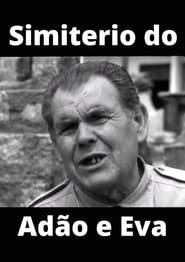
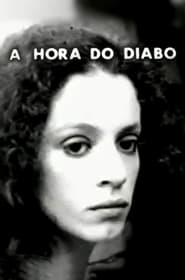 An exguerrilla fighter wants to leave...
An exguerrilla fighter wants to leave...